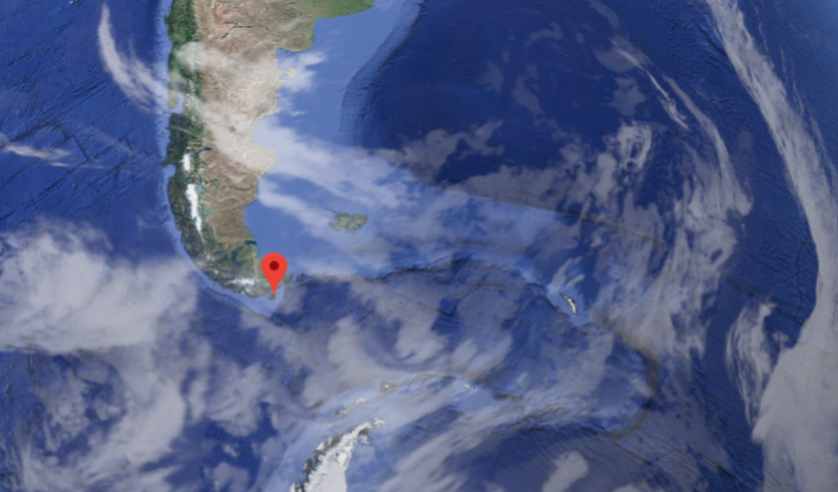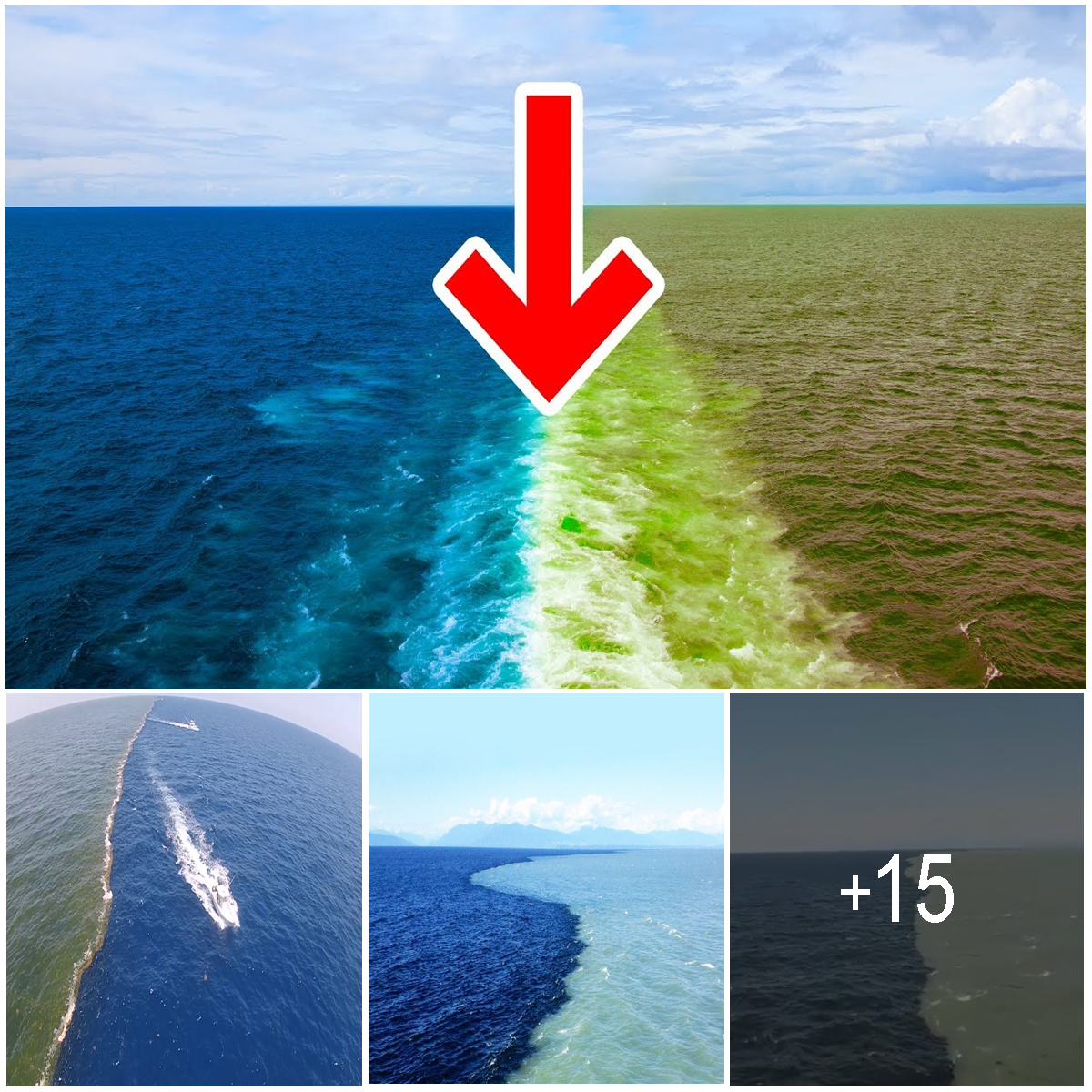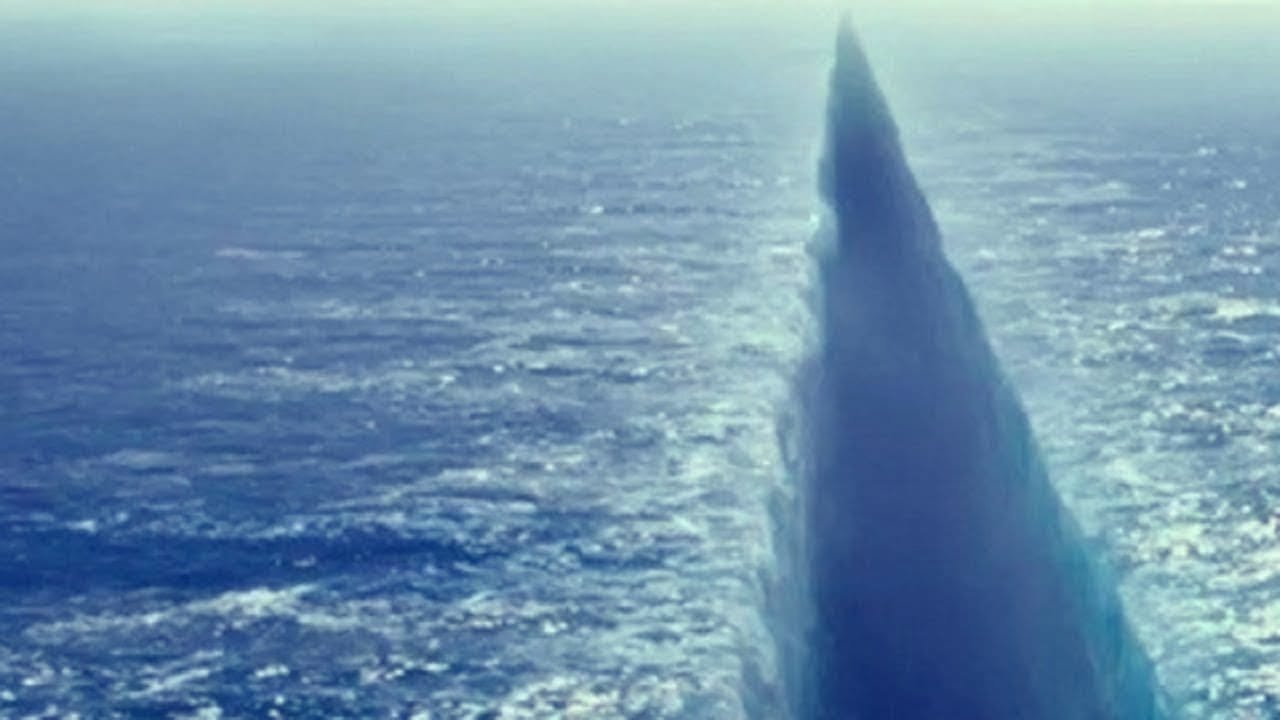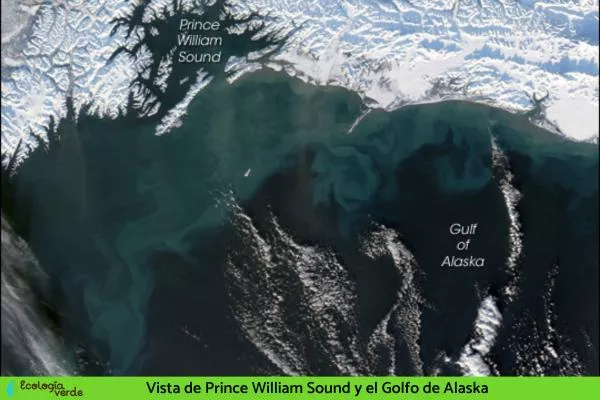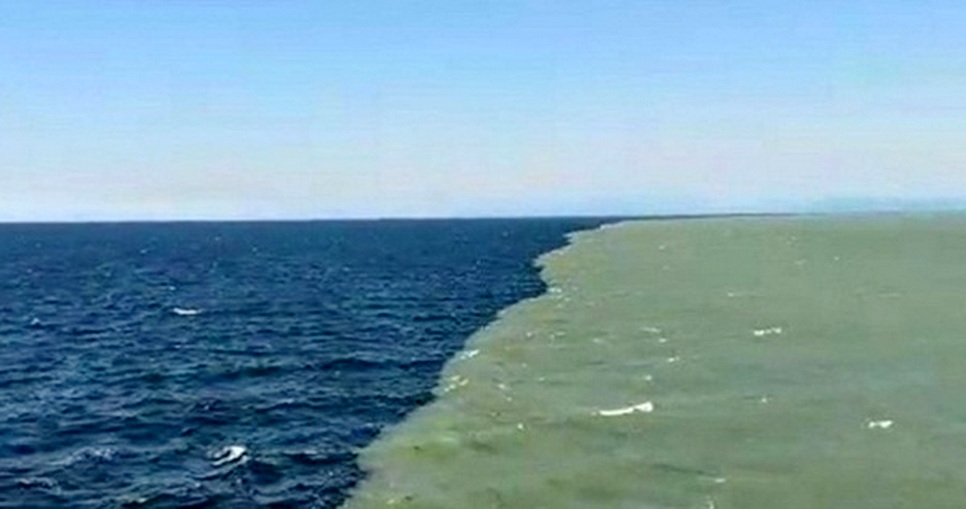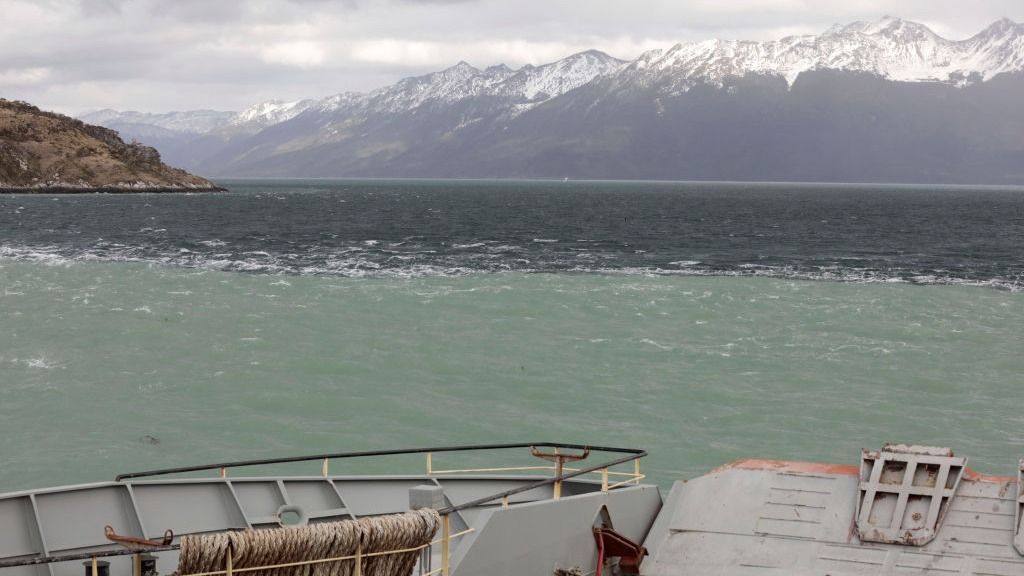Why Do The Atlantic And Pacific Oceans Not Mix

Ever seen a picture of two oceans meeting but not quite mixing? It's like a cosmic ocean cocktail fail! You've probably seen images of the Atlantic and Pacific oceans side-by-side. They look almost like two separate liquids chilling in the same glass. Wild, right?
The Great Ocean Imposters!
It's not *exactly* that they refuse to mix. It's more that they need a little help to become one giant, salty soup. Think of it like oil and vinegar. They can sit next to each other but need a good shake to blend.
The real reason behind this watery standoff is actually pretty cool. It’s all about differences! Differences in density, salinity, and temperature play the biggest role.
Density: The Weighty Issue
Imagine two balloons, one filled with air, the other with water. The water-filled balloon is heavier, right? That’s density in action! Similarly, the Atlantic and Pacific have slightly different densities.
The Atlantic tends to be saltier than the Pacific. This extra salt makes it denser. Denser water is like the heavyweight champion of the ocean world, tending to stay put.
Salinity: A Salty Situation
Salinity is just a fancy word for how much salt is in the water. The Atlantic generally has higher salinity. More evaporation in the Atlantic basin contributes to saltier waters.
Think of it like this: adding a ton of salt to a glass of water makes it heavier. The saltier Atlantic water is heavier, making it harder to mix with the less salty Pacific.
Temperature: Hot and Cold Running Oceans
Water temperature also plays a huge part. Cold water is denser than warm water. This density difference makes mixing more challenging.
The Pacific tends to have more areas of warm water compared to the Atlantic. This subtle temperature difference contributes to the visual separation.
A Line in the Water? More Like a Gradient!
Okay, so it's not a *perfect* line. There is definitely mixing going on. It's more of a gradual change in water properties. Think of it as a gradient.
The point where they "meet" is more of a transition zone. It's where the water slowly becomes a blend of the two. It's a mesmerizing dance of currents and densities, battling it out for ocean supremacy!
Why is this so Entertaining?
There is something almost magical about seeing two distinct bodies of water side-by-side. It’s like witnessing a natural boundary. It defies our expectation of a single, uniform ocean.
It sparks our curiosity. It makes us wonder about the forces at play beneath the surface. It reminds us that even something as vast as the ocean has its own unique character and nuances.
Plus, it's just visually stunning! The contrast in color and texture can be truly breathtaking. Definitely worth a Google search!
Go See it for Yourself! (Sort Of)
While you can’t necessarily see a perfectly defined line, witnessing the meeting of the Atlantic and Pacific is an adventure! Coastal regions near the Strait of Magellan in South America offer a vantage point.
You can also find areas in the Southern Ocean and even points in the Arctic Ocean where water masses meet. Keep in mind that visualizing this phenomenon is often easiest through photography and videography.
So, next time you see a picture of these ocean behemoths not playing nice, remember the science behind the separation. It's a testament to the complex and fascinating world we live in. Now go impress your friends with your newfound ocean knowledge!
